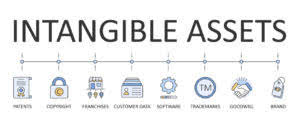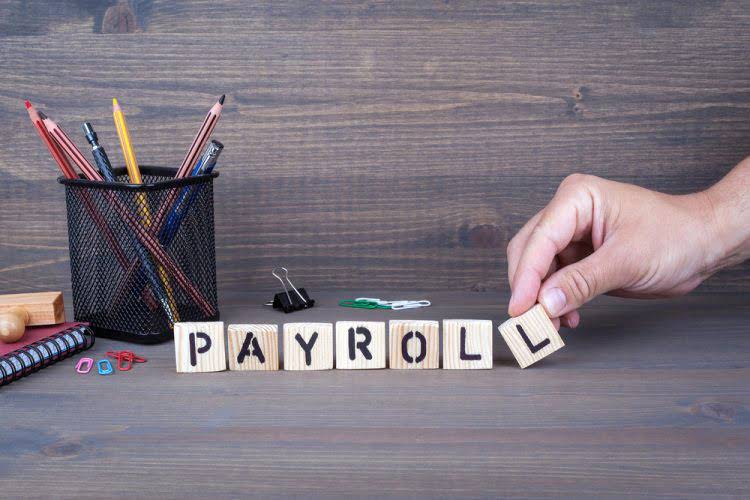Contra Asset Account: Understanding Contra Asset Accounts in the World of Depreciation
01/04/2022 08:29

Companies like to depreciate assets as quickly as possible to get the tax savings, so the balance sheet may not state the true value of fixed assets. The revenue contra accounts Sales Returns, Discounts and Allowances are subtracted from the main Sales Revenue account to present the net balance on a company’s income statement. The future of contra asset accounting is poised to evolve in tandem with the advancements in technology and changes in regulatory frameworks. As businesses continue to seek efficiency and transparency in financial reporting, the https://cn.celticfc.net/2021/09/4-7-closing-entries-business-libretexts/ role of contra asset accounts, particularly in the context of accumulated depreciation, will become even more critical.
- We can see how the $10,000 allowance for doubtful accounts offsets the $100,000 A/R account from our illustrative example above (i.e. the account decreases the carrying value of A/R).
- Tools like Ramp integrate with accounting platforms to streamline reconciliations, categorize transactions, and generate real-time financial insights.
- Accumulated depreciation is recorded in a contra-asset account, meaning it has a credit balance, reducing the fixed assets gross amount.
- For instance, a company may choose a method that accelerates depreciation to reduce taxable income in the early years of an asset’s life.
- Under double declining balance, you’d take ⅖ of the acquisition value each year.
Definition and Examples of Contra Assets

They are crucial for compliance with generally accepted accounting principles (GAAP) and international financial reporting standards (IFRS). They ensure that financial statements adhere to standardized accounting practices, enhancing the credibility and comparability of financial reports. For instance, a clothing retailer might anticipate that 10% of its sales will be returned by customers. By setting aside a reserve for sale returns equal to 10% of its sales revenue, the retailer can accurately reflect the potential impact of returns on its financial health.
- In other words, a contra asset account maintains a credit balance instead of a debit balance.
- Learn what contra-assets are in accounting and how they provide a clearer, more accurate view of an asset’s true value.
- Contra accounts help you track reductions to normal asset, liability, equity, or revenue accounts.
- These accounts can be listed based on the respective asset, liability, or equity account to reduce their original balance.
- They ensure that the assets’ values are communicated effectively to stakeholders, reflecting the true potential of a company’s economic resources.
Contra Asset

Therefore, to ensure accounts receivable stays clean and transparent, CCC will record $2,500 in the contra asset account called “Allowance for Doubtful Accounts”. This will ensure the net value of accounts receivable at year-end is not overstated. For liability and revenue accounts, credit transactions will increase and debit transactions will decrease the account balances. For example, when a company estimates uncollectible receivables, an entry is made to debit the bad debt expense account and credit the allowance for doubtful accounts.
- For example, when a company estimates uncollectible receivables, an entry is made to debit the bad debt expense account and credit the allowance for doubtful accounts.
- Investors trust your numbers, auditors can verify your records faster, and decision-makers have the right data to plan ahead.
- This reduces the asset’s value on the balance sheet, reflecting its decreasing worth as it ages.
- This account offsets the balance in the respective asset account that they pair with on the balance sheet.
What is the main purpose of a contra account?
For example, if a piece of heavy machinery is purchased for $10,000, that $10,000 figure is maintained on the general ledger even as the asset’s depreciation is recorded separately. Some companies may classify different types of debt or different types of vendors using risk classifications. Depending on the asset type they offset, contra-asset accounts have different uses.

A number of fixed assets are represented by their initial acquisition costs in the fixed asset account, and their cumulative depreciation is represented by their contra account (accumulated depreciation). The net quantity of fixed assets still in existence is revealed when the asset bookkeeping account and contra asset account are combined. Since a counter asset account does not represent long-term capital gains, it is not categorized as an asset. This principle is fundamental to accrual accounting and ensures that financial statements reflect the actual economic events of a period rather than just cash transactions.
How to Calculate Units of Activity or Units of Production Depreciation
As you saw in the example, contra accounts can be an important part of your financial statement analysis, but they are hard to find. These professionals ensure that records accurately reflect a business’s financial health. This would allow the company to track the amount of money that has been borrowed. The contra liability account would be used to offset the liability account on the balance sheet. Contra asset accounts are a type of contra account that net off against asset accounts. These include accumulated depreciation, contra asset accumulated amortization, allowance for receivables, obsolete inventory, and discount on notes receivables.
Once you’ve recorded a discount on notes payable and bonds payable, you gradually move the balance over to interest expense by amortizing it over the life of the liability. This increases your borrowing costs until they reflect the true market interest rate. Liabilities normally carry a credit balance, so contra liabilities typically have a debit balance. In this example, the accounts receivable is 10,000, and the allowance for doubtful debt contra account is 1,000, leaving a balance of 9,000.

The Ultimate Guide to CFO Services For Your Business
In most cases, accountants update these accounts monthly or at the end of an accounting period to ensure accurate financial statements. You use contra revenue accounts to record sales returns, allowances, and discounts. If a customer returns a product due to defects or dissatisfaction, you record the refund in a contra revenue account instead of adjusting the original net sales figure.










